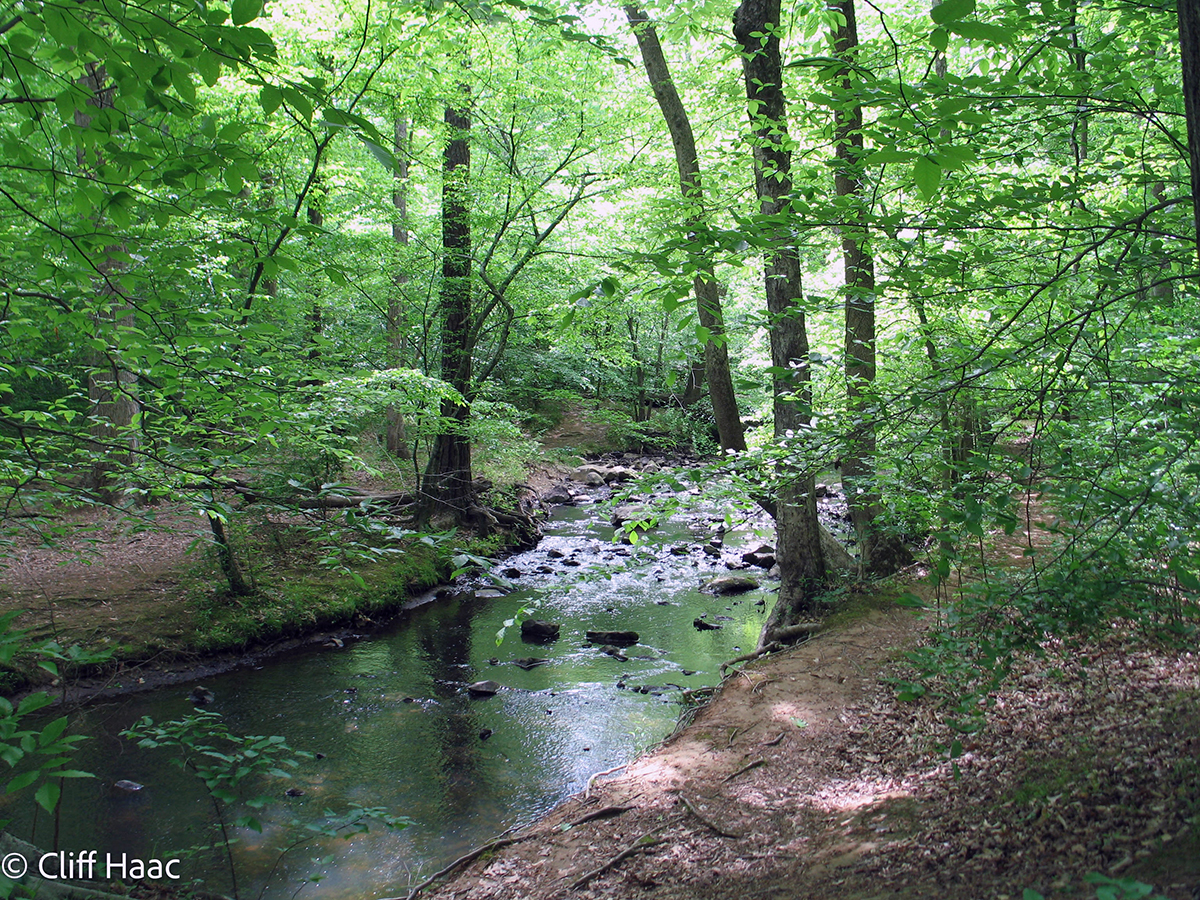Research
What we have learned.
Carrboro’s Recent Actions
- A Carrboro Town Council majority at a recent meeting voted to begin a public engagement process about paving along Bolin Creek without having a defined scope of what public input is desired and without knowing important engineering data that could determine the final outcome.
- At that meeting, the Carrboro Town Council majority also limited discussion of possible practical alternative routes even before the public-engagement process is underway.
Town’s Past Actions
- Carrboro’s Transportation Advisory Board has said a paved bikeway along Bolin Creek is impractical for bike commuting.
- In 2010, the Town’s Greenways Commission studied the 2009 Consultant’s conceptual plan recommending the preferred paved bikeway along Bolin Creek and after 12 months of discussion concluded they would not endorse this creekside route.
- Carrboro’s 2020 Bike Plan includes a rails-to-trails path along the Norfolk Southern railway when UNC closes its coal-fired plant, a closure already under discussion.
- Past restoration and conservation efforts by Carrboro, Chapel Hill and Orange County have protected Bolin Creek and Bolin Forest.
Carbon Sequestration
- Bolin Forest currently sequesters 9.276 metric tons of carbon each year, a natural process that would disappear as hundreds of trees are removed to clear a paved bikeway.
- Auto emissions and car use are unlikely to decline as a result of a Bolin Creek paved route, as existing bike connections are shorter and more direct than the proposed bikeway. See video. https://vimeo.com/821873579?share=copy
Environmental Science
- The Geology of Bolin Creek and the Chapel Hill, North Carolina Area
- All accepted environmental science rejects paving in a riparian zone where the proposed Bolin Creek paved bikeway would be.
- Stream restoration is difficult and expensive, and you cannot rebuild an ecosystem.
https://all-geo.org/jefferson/wp-content/uploads/2012/12/Kenney-2012-is-urban-restoration-worth-it.pdf
Most sediment in Bolin Creek comes from disturbance of soils upstream caused by development, e.g. Claremont, and the new high school. Increased impervious surfaces contribute to the power and frequency of high-water flows. The one or two places in the three mile stretch of Bolin Creek where sediment has come down the hill is due to improperly constructed bike trails and the removal of trees. Those can be corrected with proper maintenance. - All of us need to act to meet the biodiversity crisis.
Drinking Water Quality
- N.C.’s Jordan Lake buffer rules allow for paved greenways in riparian buffers only when no practical alternative exists.
- Drinking water quality is directly proportional to the distance provided for stream buffers from creeks. The greater the buffer, the higher the water quality.
- Several practical alternatives do exist on neighborhood streets, as well as the proposed Seawell School Road side-path for bicycles/pedestrians.
Stormwater Impacts
- Bolin Creek is in a floodway. Any structures in the floodway will erode and require constant maintenance.
- A paved path would necessitate hardscaping sections of the creek that would reduce infiltration of stormwater, leading to increased flooding on downstream neighborhoods such as Camelot apartments.
- A paved greenway would eliminate the tree canopy and root systems along stream banks causing sediment to enter Bolin Creek, a violation of the Clean Water Act. Sediment is the leading pollutant in North Carolina waterways.
2009 Consultant’s Report
- A majority of Carrboro’s Town Council members are depending on a 14-year-old Consultant’s concept plan recommending a paved greenway along Bolin Creek and asking for no additional data before public engagement begins.
- OWASA will require a foundation of several feet of concrete to withstand passage of service trucks, requiring tons of concrete, one of the most environmentally damaging materials. The volcanic geology of the area will require blasting, significant grading, and a great deal of hardscaping.
- The 2009 Consultant’s Report was intended as a concept plan. It lacks a feasibility study of engineering challenges, a clear plan for who pays for maintenance, a plan for public-safety, rules for discouraging motorized transport (including electric bikes and hoverboards), and easements from UNC, PH Craig, and Orange County.
- OWASA will replace the existing sewer line over the next decade so any paved bikeway will have to be dug up at taxpayers’ expense.
Safe-Routes-To-Schools
- Carrboro has already invested heavily in Safe-Routes-To-Schools infrastructure, implemented in 2010.
- Many improvements for road crossings and bikeways were made at that time, already increasing the number of kids biking and walking to schools.
Cost & Tax Burden
- A Carrboro Town Council majority appears disinterested in the views of single-family neighborhoods in northern Carrboro, a voting group that makes up 88 percent of the town’s tax base.
- One more expensive capital project will divert needed resources from under-served communities and require eliminating needed projects (potentially a splash pad for kids). Needed playgrounds for lower-income neighborhoods could be off the table.
- Capital projects in Carrboro often end up doubling in cost from initial estimates. The I B Greenway bridge was over budget by thousands.
BOLIN CREEK AND ITS PATH NEEDS RESTORATION.
